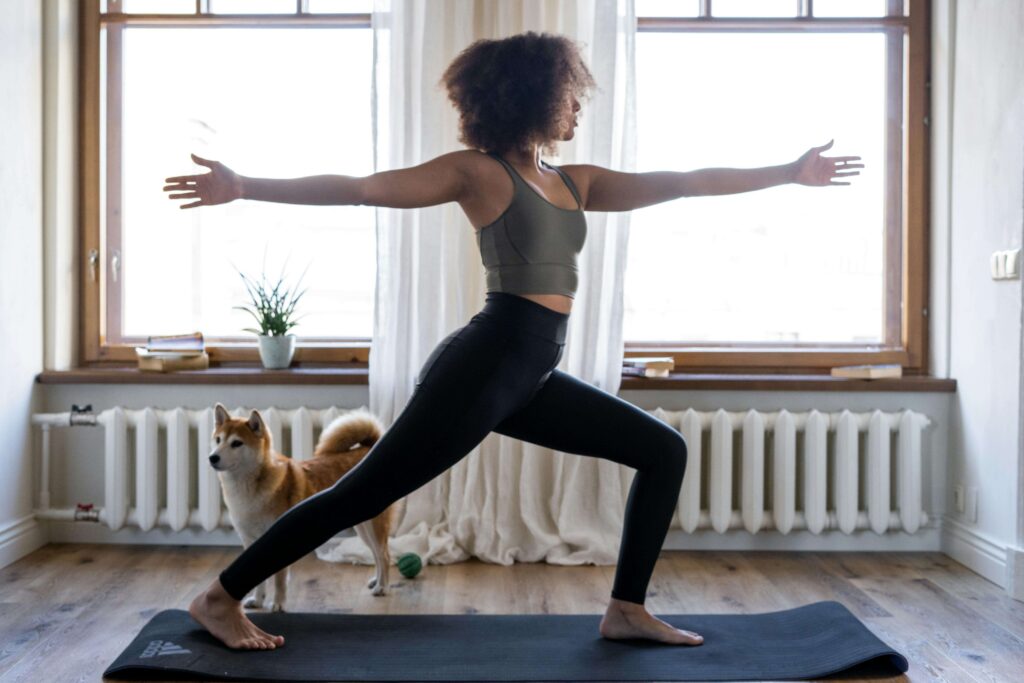
Achieving optimal fitness results isn’t just about choosing the right exercises—it’s about finding a workout routine that fits your personality. This is especially important for introverts, who may feel uncomfortable in crowded gyms or group fitness classes. Read on to learn our 5 fitness tips for introverts!
Dr. Patrick Donovan, a Denver-based physical therapist and owner of Heather Lane Physical Therapy, emphasizes the importance of tailoring fitness routines to individual preferences.
“If you have a more introverted personality, joining a gym, exercise class or workout group may not be your cup of tea, but that doesn’t have to hold you back from achieving fitness or weight-loss goals. Fitness opportunities are everywhere, and it’s important you commit to a path that’s comfortable and successful for you.”
Understanding Introverts and Exercise
It’s been estimated that one-third or more of the U.S. population falls at least partially into the category of “introverts.” This doesn’t necessarily equate to shyness, though, Dr. Donovan says. An introvert is more likely to find many social or group interactions draining. In contrast, they are generally more stimulated and energized by personal or alone time.
With this in mind, Dr. Donovan offers the following 5 fitness tips for introverts to help them achieve their wellness goals:
1. Exercise Solo
If you’re more comfortable by yourself or just don’t feel like dealing with crowds of people at the gym, consider fitness options you can do on your own. Chose independent activities like running, swimming, cycling or going for a walk. As exercise itself is energizing, so too is alone time for an introvert’s spirit. Why not combine the best of both worlds?
2. Use The Buddy System
A misconception about introverts is they always prefer being alone. The truth is, introverts enjoy spending quality time with close friends, and this can be beneficial when exploring various fitness options. Bring a buddy to the gym or a fitness class to make the experience much more positive than going alone.
3. Seek Inner Focus
Introverts are known for “living in their heads,” so to speak, and often this breeds a level of creativity and personal reflection they find stimulating. So, consider types of exercises known for benefiting the body as well as the inner spirit – activities like yoga, Pilates, tai chi, stretching, deep breathing, etc.
4. Arm Yourself With Headphone
Sometimes, you just can’t beat access to the space and equipment a fitness club can provide. So, if you just can’t turn your back on the gym, make the experience easier with a good set of headphones. Not only can you choose your own audio motivators (i.e., music, podcasts, books, etc), but simply wearing headphones can help ward off unwanted conversation.
5. Stream Workouts At Home
At-home fitness apps have come a long way over the last couple of years. Services like Peloton, Aaptiv, ClassPass, etc., offer professional-level streaming workout programs (and equipment, in some cases) for at-home fitness. Dr. Donovan, however, offers a bit of caution before starting one of these programs.
“While some at-home programs can be good, they can’t provide immediate feedback about incorrect form, movement deficiencies, and weaknesses in strength and flexibility that, over time, can lead to discomfort, pain or injury. So if you try one out, I highly recommend you first get assessed by a physical therapist to ensure any new workout regimen is going to be safe and lead you toward your actual fitness goals.”

Your Fitness, Your Way
Fitness is not one-size-fits-all, and understanding your personality can help you find a workout routine that you enjoy and can stick with long-term. Whether you prefer solo activities, working out with a close friend, or streaming classes at home, there are plenty of ways for introverts to stay active while maintaining comfort and balance.
Support Your Body, Support Your Goals
Finding a workout that fits your personality is key to long-term success—but don’t forget to support your body along the way! Regular movement, recovery, and proper alignment all play a role in keeping you pain-free and performing at your best.
At Fusion Chiropractic and Wellness, we offer a comprehensive approach to wellness, including:
✔ Chiropractic care for proper alignment and mobility
✔ Massage therapy to relieve tension and improve recovery
✔ Acupuncture & dry needling for pain relief and muscle function
✔ Cupping therapy to enhance circulation and reduce stiffness
✔ Muscle Activation Technique (MAT) to restore strength and balance
Ready to move better, feel better, and recover faster?
Book an appointment today and take the next step toward a stronger, healthier you!
